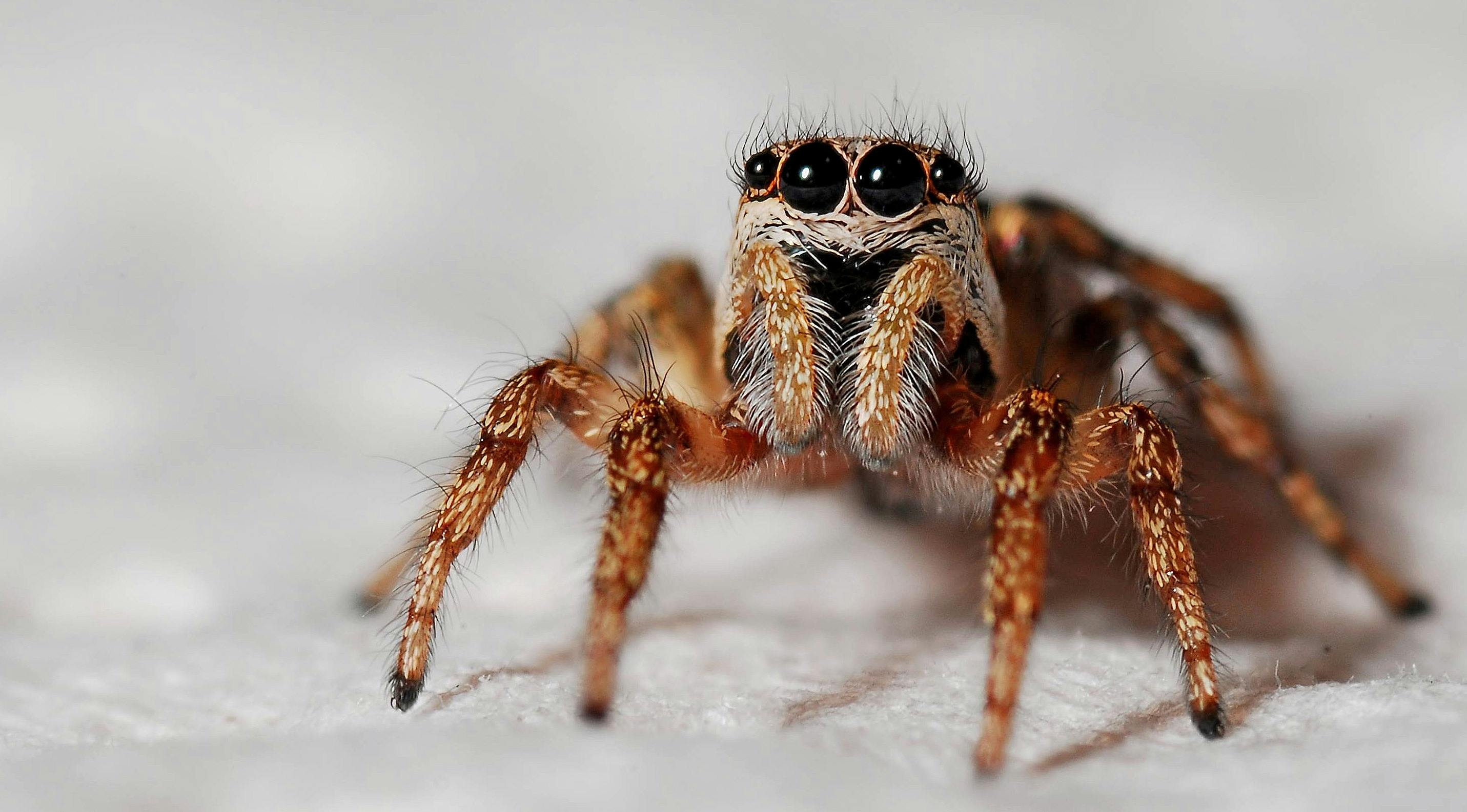

How to Build a Safe, Fun Home for Your Jumping Spider
So, you’ve chosen your first jumper — congrats! Now comes the fun part: setting up their home.
Unlike tarantulas or web-building spiders, jumping spiders are active explorers. They don’t need a massive space, but they do need a clean, safe, well-ventilated enclosure that gives them room to climb, jump, and build their silk hammocks.
This guide walks you through everything to make an enclosure that'll make your spider happy— from choosing the right terrarium to adding the finishing touches.
Jumping spiders love vertical space. They perch, pounce, and sleep up high — so think tall, not wide.
Pro tip: Start small for juveniles — it’s easier to find food, less overwhelming, and easier to monitor them.
Jumpers come from warm, humid environments. This means that your set up must mimic the climates jumping spiders come from to make sure your spider is happy and healthy!
In some cases a heating mat and a thermostat may be needed to get the ideal tempurature, whether you are caring for a tropical species or live in an area with low ambient tempuratures. Use no more than a 8watt power mat and make sure it does not directly touch the enclosure.
Avoid fully sealed terrariums or enclosures with just a few holes — mold and mites thrive in still air.
This is where you make it feel like home for your jumper. Jumping spiders love to explore, so it is always a good idea to give them spaces to roam in and climb on.
You can go for your own look, whether it is making a fantasy mushroom forest or a natural forest. But make sure to give your spider hiding spots and plenty of things to explore.
Avoid:
Jumping spiders don’t live on the ground much — so substrate is completely optional. But if you do decide to have some whether it is for aesthetic reasons or to help with humidity here are your options. It may help with supporting enclsure decoration.
It should be about 1–2cm deep and not too wet. Mold is more dangerous than dryness.
Make your life easier with:
Handling or rehousing your spider is much easier when you have easy, non-disruptive access.
Your spider doesn’t need special lighting, but they do need strong lighting and prefer daylight rhythms. This is because they are visual hunters and need light to see their prey!
As for placement it is important to have your spider kept in a spot that is not too warm, cold, dark or bright.
Jumpers get most of their moisture from food and occasional misting.
No water bowls needed — they’re not safe for small spiders and promote mold.
To help monitor humidity it is reccomended to buy a hygrometer. Usually no additional humidity is needed unless your spider is molting or you own a tropical breed.
Humidity tip: To help maintain humid air you can place a wet tissue on a heating mat. Make sure to change tissues daily to prevent mold growth and bacteria.
| Item | Purpose |
|---|---|
| 15x15x22cm enclosure | Vertical space for climbing & hammocks |
| Cross ventilation | Prevents mold, keeps air fresh |
| Climbing decor | Enrichment + sleeping spots |
| Feeding access | For stress-free meals |
| Fine mist spray bottle | Weekly hydration |
| Thermometer/hygrometer | Optional but helpful for monitoring |
If your jumper is molting, don’t disturb their enclosure until they’re back to normal.
Live plants are a natural method of maintaining proper humidity and giving a fun spot to climb for your spider. These will need to be in a bioactive enclosure setup which you can find the guide to making here:
This type of enclosure for your spider requires more maintanance than one without live plants, but it has its benefits and is appealing to look at.
Your spider’s home is more than just a box that you keep them in — it’s their hunting ground and home. Build it right, and you’ll have a safe and enriching space your jumper will thrive in.